Anatomy for Cardiac Electrophysiologists: A Practical Handbook” is a specialized reference book aimed at cardiac electrophysiologists, who are medical professionals specializing in the diagnosis and treatment of heart rhythm disorders (arrhythmias). While I can’t provide specific content from the book due to copyright restrictions, I can offer a general overview of what such a handbook might cover:
- Cardiac Anatomy: The book likely provides a detailed overview of the anatomy of the heart, including the structure and function of the atria, ventricles, valves, and conduction system. Understanding cardiac anatomy is crucial for performing electrophysiology procedures and interpreting diagnostic tests.
- Electrophysiology Principles: The handbook may cover fundamental principles of cardiac electrophysiology, including the generation and propagation of electrical signals in the heart, mechanisms of arrhythmias, and principles of electrocardiography (ECG).
- Catheter Ablation Techniques: Cardiac electrophysiologists use catheter ablation procedures to treat certain types of arrhythmias. The book may provide guidance on catheter navigation, mapping techniques, energy sources for ablation, and procedural safety.
- Implantable Devices: Many patients with heart rhythm disorders require implantable devices such as pacemakers, implantable cardioverter-defibrillators (ICDs), and cardiac resynchronization therapy (CRT) devices. The handbook may discuss the anatomy relevant to device implantation,

 Anaesthesia books
Anaesthesia books Behavioral Science Books
Behavioral Science Books Cardiology Books
Cardiology Books Obstetric and Gynecology
Obstetric and Gynecology AMC Books
AMC Books Prepladder Notes
Prepladder Notes Stethoscope
Stethoscope Dermatology Books
Dermatology Books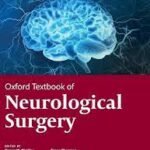 Neurosurgery Books
Neurosurgery Books Dentistry Books
Dentistry Books ENT Books
ENT Books Anatomy Books
Anatomy Books Biochemistry Books
Biochemistry Books Biostatistics Books
Biostatistics Books Plab Books
Plab Books Radiology Books
Radiology Books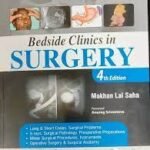 Surgery Books
Surgery Books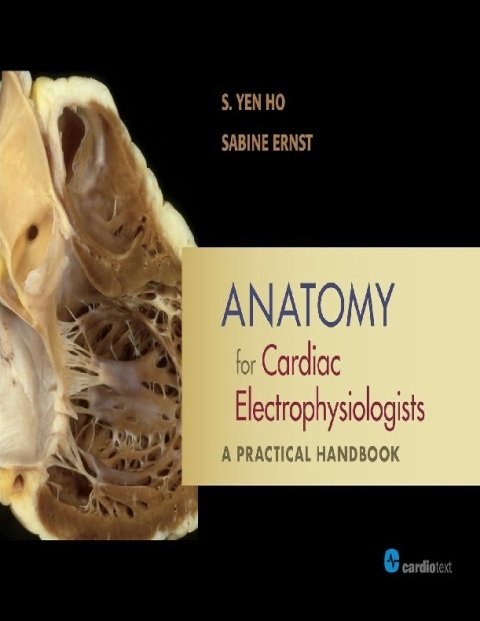
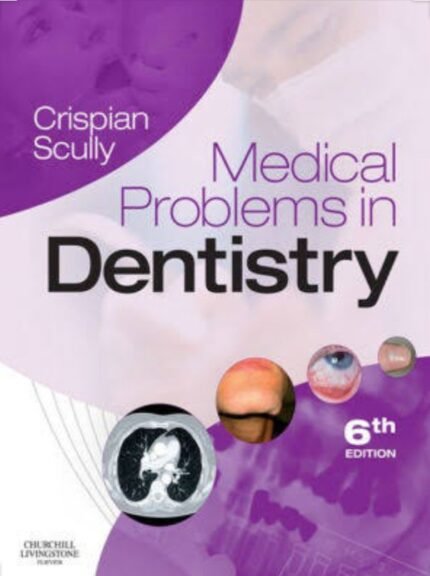
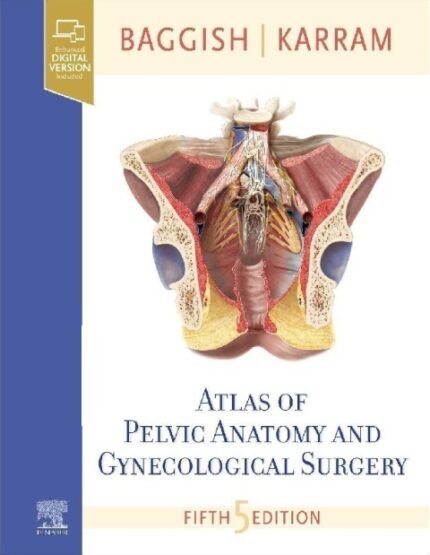




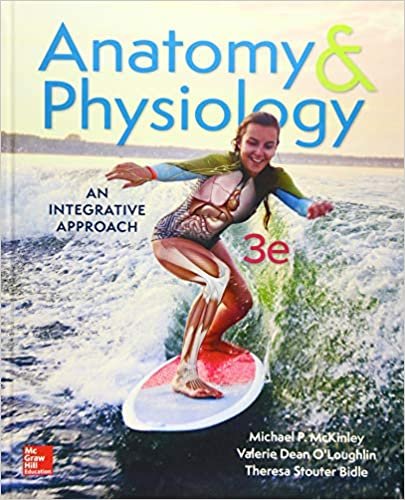

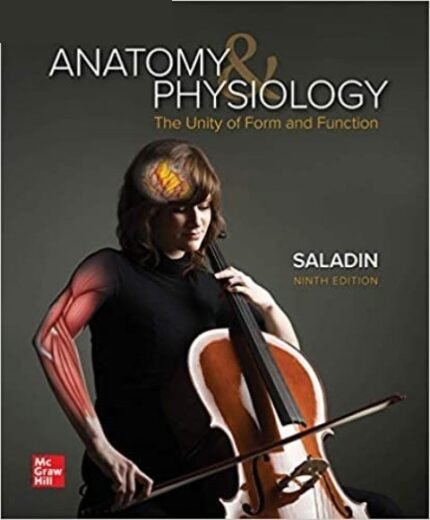
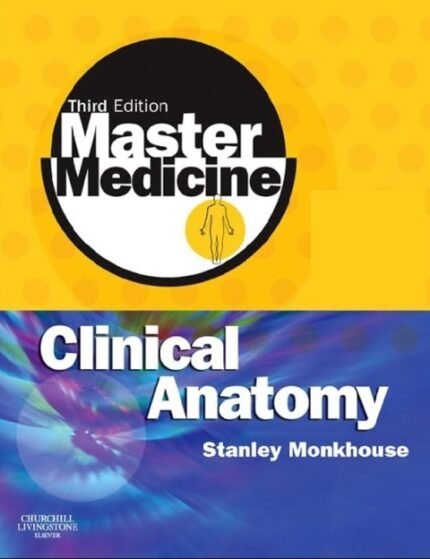

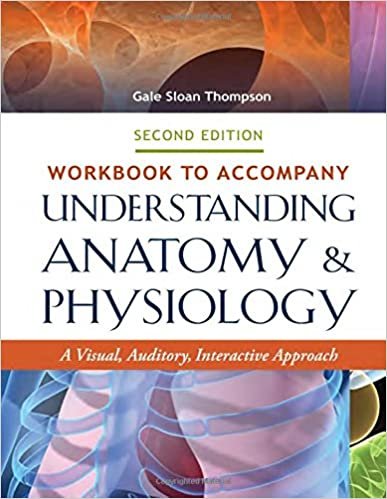
Reviews
There are no reviews yet.